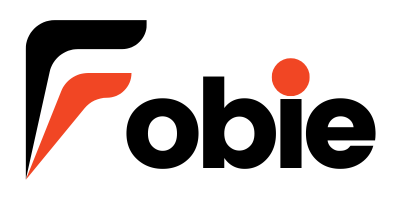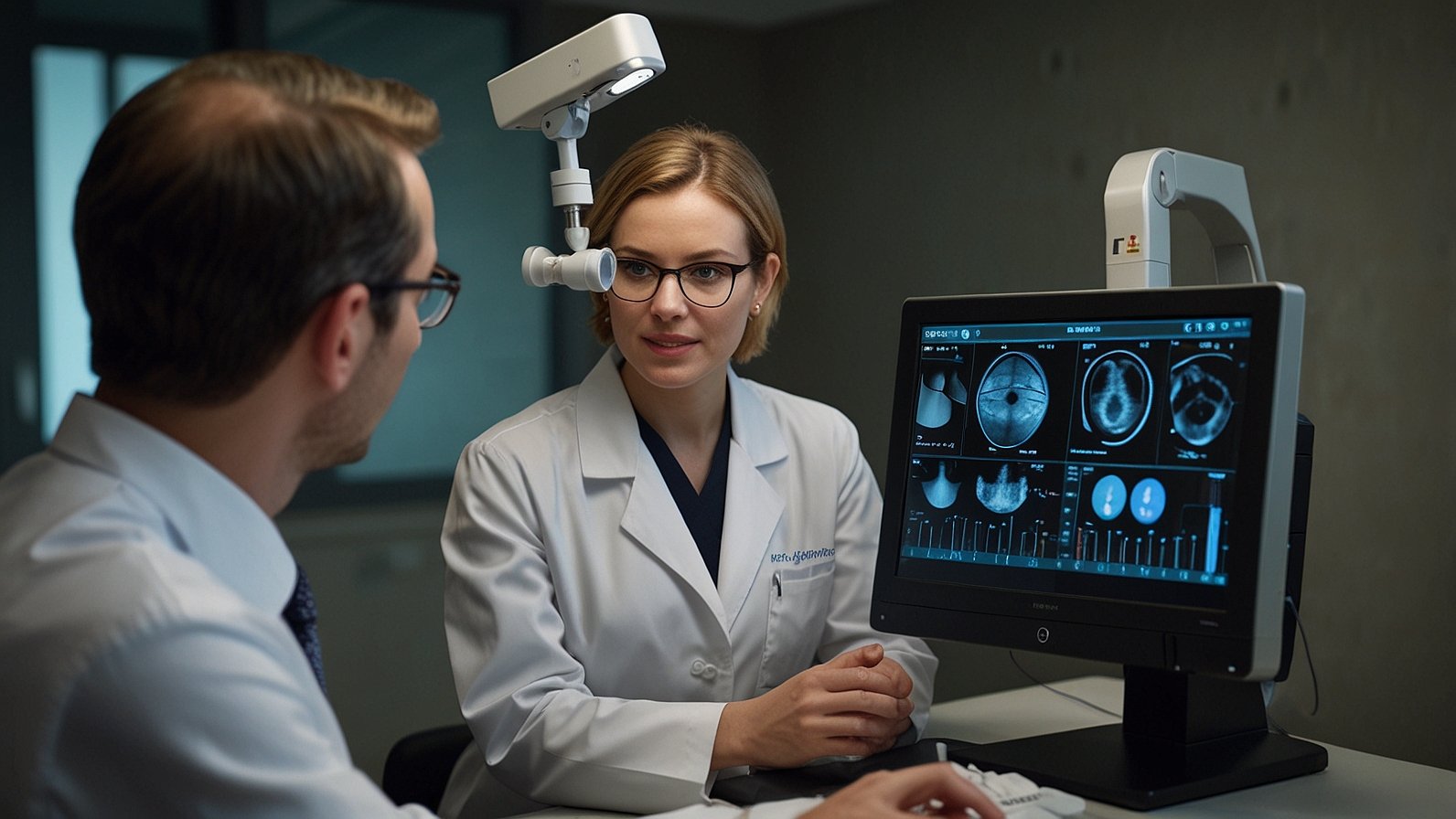Imagine a world where the most critical measurements for restoring your eyesight are as quick, precise, and comfortable as snapping a high-quality photo. It might sound like science fiction, but for eye care professionals, this is the new reality. The secret weapon? A powerful piece of technology that fits right in the palm of your hand. This isn’t just any gadget; it’s a paradigm shift in patient care.
At the heart of this revolution is the DGH A, a device that’s changing the game for optometrists and ophthalmologists worldwide. So, what makes this compact tool so special? Let’s dive in.
What Exactly is the DGH A Device?
Think of a traditional ultrasound machine. Now, imagine shrinking down its most precise measurement capability, stripping away all the complexity, and designing it solely for one critical job: measuring the human eye with absolute perfection. That’s the essence of the DGH A.
In technical terms, it’s a compact, clinic-grade A-scan biometry device. But let’s break that down into plain English. “A-scan” is a type of diagnostic ultrasound that takes a one-dimensional measurement of the eye. It’s like a laser tape measure that can see through tissues to map the exact length from the front of your cornea to the back of your retina. “Biometry” simply means the process of measuring living things.
The primary mission of the DGH A is to gather the data needed for IOL planning. IOLs (Intraocular Lenses) are artificial lenses implanted during cataract surgery to replace the eye’s cloudy natural lens. The accuracy of these measurements directly determines the power of the new lens, which in turn dictates how clearly a patient will see after surgery. There is zero room for error.
Why the DGH A is a Game-Changer in Eye Care
You might be wondering, “Haven’t we been measuring eyes for cataract surgery for decades?” Absolutely. But the DGH A improves upon the old ways in three dramatic ways: speed, accuracy, and simplicity.
Speed and Efficiency
In a busy clinic, time is the most valuable currency. Older A-scan units could be fiddly and time-consuming, requiring a skilled technician to manually find the perfect signal. The DGH A, particularly in its hands-free, immersion technique mode, can capture a perfect reading in seconds. This means less chair time for anxious patients and a significantly higher patient throughput for the practice. It turns a previously technical procedure into a rapid, streamlined process.
Unmatched Accuracy
This is the non-negotiable part. The difference between a good outcome and a life-changing one can be a fraction of a millimeter. The DGH A utilizes advanced signal processing and high-frequency sound waves to achieve phenomenal measurement precision. It minimizes operator-dependent variables, meaning the results are consistently reliable, whether the scan is performed by a seasoned technician or a newly trained staff member. For the patient, this translates directly to a higher likelihood of achieving their desired vision—be it for distance, reading, or both—after surgery.
Compact and Clinic-Grade
Perhaps its most surprising feature is its size. “Clinic-grade” usually conjures images of large, bulky, and intimidating machines on wheels. The DGH A shatters that stereotype. Its small, portable design belies its powerful performance. This makes it incredibly versatile. It’s perfect for main operating rooms, but it’s also a dream for satellite clinics, mobile surgical units, or practices with limited space. You get top-tier technology without the massive footprint.
How the DGH A Fits into the Patient Journey
Let’s walk through what this means for you if you’re a patient preparing for cataract surgery.
- The Consultation: Your eye doctor determines you have cataracts and discusses surgery.
- The Biometry Scan: This is where the DGH A comes in. You’ll recline in a chair, and a drop of anesthetic will make your eye comfortable. A small probe, surrounded by a sterile fluid cushion, will gently touch your eyelid or the surface of your eye. You might feel a slight pressure, but no pain.
- The Magic Happens: In mere moments, the device captures dozens of precise measurements of your eye’s length (axial length), the depth of the anterior chamber, and the curvature of the lens.
- IOL Power Calculation: This data is fed into sophisticated formulas (like Holladay, SRK/T, Haigis) to calculate the perfect power for your new artificial lens.
- The Result: A surgical plan tailored uniquely to your eye’s anatomy, maximizing your chance for crystal-clear vision.
DGH A vs. Other Methods: A Quick Comparison
| Feature | Traditional A-Scan (Handheld) | Optical Biometers (e.g., Zeiss IOLMaster, Haag-Streit Lenstar) | DGH A-Scan |
|---|---|---|---|
| Core Technology | Ultrasound | Optical (Laser/LED) | Ultrasound |
| Accuracy | Good, but highly operator-dependent | Excellent for most eyes | Excellent, especially with immersion |
| Dense Cataracts | Can measure through them | Can struggle with very dense cataracts | Gold Standard – measures through them |
| Cost | Lower | Significantly Higher | Mid-Range (excellent value) |
| Portability | Moderate | Low (large devices) | High (very compact) |
| Ease of Use | Requires significant skill | Very easy, but limited in some cases | Easier than traditional US |
The key takeaway? While optical biometers are fantastic for many patients, they can fail when a cataract is too dense to allow light to pass through. The DGH A’s ultrasound technology doesn’t have this problem, making it the indispensable backup—and often the primary choice—for surgeons who demand reliability in every single case.
Getting the Most Out of Your DGH A System
For practitioners considering this tool, its value is immediately clear. To integrate it seamlessly:
- Training is Key: While easier than older A-scans, proper training on technique (especially the highly accurate immersion method) is crucial.
- Embrace the Workflow: Integrate it into your pre-op checklist. Its speed allows it to become a natural part of every cataract patient’s journey.
- Trust the Data: The whole point of this device is its precision. Use its consistent readings to inform your surgical plans with confidence.
5 Quick Takeaways on the DGH A
- It’s all about precision. The DGH A delivers the accurate measurements needed for perfect IOL power calculations.
- It’s incredibly fast. Measurements take seconds, improving clinic flow and patient comfort.
- It’s the reliability king. It works on every eye, even where high-tech optical machines can’t.
- It’s surprisingly portable. Clinic-grade power doesn’t require a room-sized machine anymore.
- It’s a patient’s best friend. Ultimately, its precision directly contributes to better surgical outcomes and happier people seeing clearly again.
The DGH A proves that the biggest advances often come in the smallest packages. By combining cutting-edge technology with user-friendly design, it removes the guesswork from one of ophthalmology’s most critical procedures.
Have you or someone you know experienced the cataract surgery journey? What questions do you have about the technology that makes it possible? Share your thoughts in the comments below!
You May Also Read: Who is the Harmonicode Team? Your Secret Weapon for Lost Revenue
FAQs
Is the DGH A scan painful?
Not at all. Numbing drops are used to make your eye completely comfortable. You might feel a slight sensation of pressure or the coolness of the gel, but it is not a painful procedure.
How long does the scan take?
The actual measurement process is incredibly fast, often taking just a few seconds per eye. The entire setup and appointment are quick, usually completed in a matter of minutes.
Why would my doctor use a DGH A instead of a no-touch machine?
If you have a very dense cataract, an optical (no-touch) biometer might not be able to get a reading because light can’t pass through the clouded lens. Ultrasound from the DGH A can penetrate it easily, making it the most reliable tool for the job.
Is this technology new?
The principles of A-scan ultrasound are well-established and trusted. The innovation of the DGH A lies in its miniaturization, enhanced software for better accuracy, and user-friendly design that makes this gold-standard technology more accessible.
Can the DGH A be used for anything besides cataract surgery planning?
Yes. While its primary use is for IOL calculations, A-scan biometry is also used to diagnose and monitor other conditions, such as tumors, orbital diseases, and measuring the eye for certain types of specialized contact lenses.
Who operates the DGH A device?
It is typically operated by a trained ophthalmic technician or assistant under the supervision of an optometrist or ophthalmologist.











